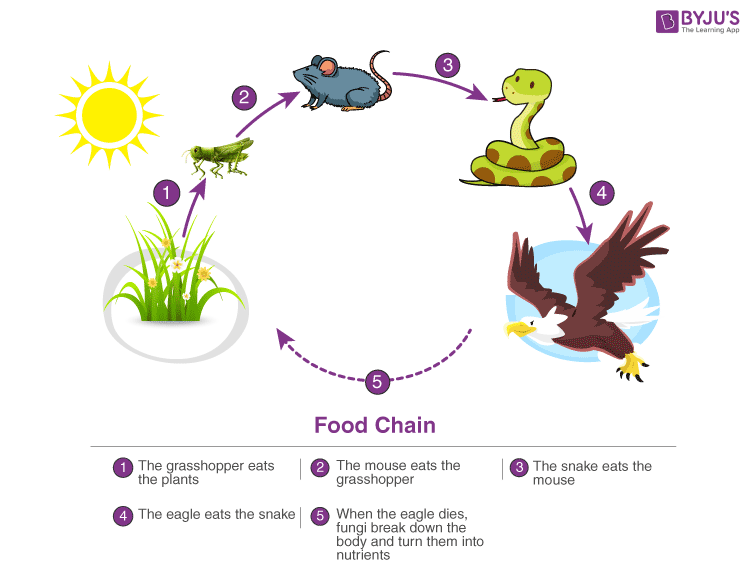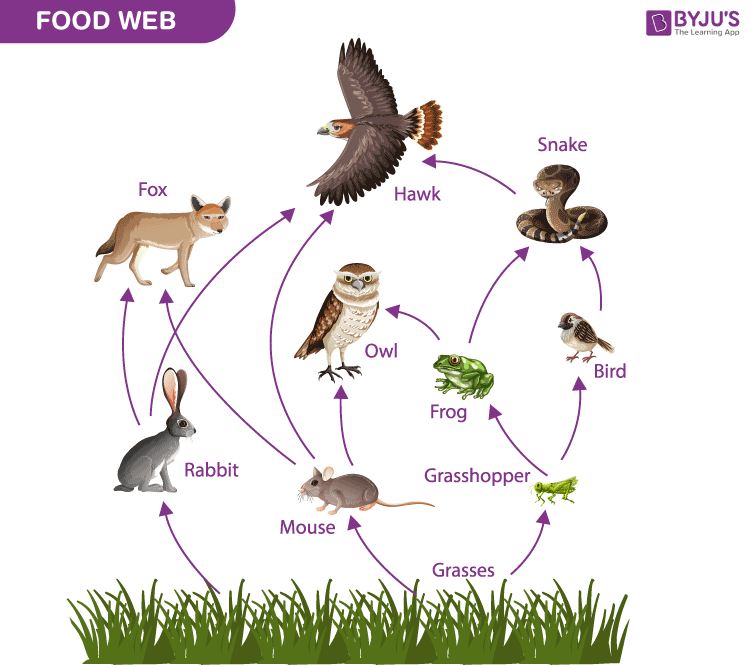A community comprises populations of various species, such as plants, animals, bacteria, and fungi, that coexist in one place. These populations work together to create a biological community that interacts and shares resources.
Community ecology concerns the mechanisms governing interactions between various species and their overarching effects. Ecosystem ecology studies living things and nonliving components, including populations, communities, and organisms.
Table of Contents
- What is Community Ecology
- Characteristics of a Community Ecology
- Community Structure
- Frequently Asked Questions (FAQs)
What is Community Ecology?
Community ecology, also known as synecology, examines interactions between species in groups over a wide range of temporal and spatial scales, including distribution, population dynamics, structure, abundance, and demography. Community ecology primarily focuses on the interactions among populations as influenced by particular genotypic and phenotypic traits.
Community ecology studies focus on the interactions and competition of creatures that coexist in a particular ecological niche, such as a lake, prairie, or wooded area.
Examples
Community ecology involves a wide range of ecological interactions that are constantly evolving. A forest community comprises the plant community, including trees, squirrels, birds, deer, fungi, foxes, fish, insects, and other local or seasonal species.
Similarly, a coral reef community comprises various distinct coral, fish, and algae species. The biotic community is strongly influenced by dispersion and abundance.
Characteristics of a Community Ecology
Community ecology’s main characteristics include diversity of species, growth form and structure, dominance, self-reliance, relative abundance, and trophic structure.
Natural communities include a desert, a forest, and a pond. A community is unique in terms of its structure, development, and behaviours.
Diversity of Species
Different creatures, including plants, animals, bacteria, and others, constitute each community. They are taxonomically distinct from one another. The species diversity could be local or regional.
Growth Form and Structure
Primary growth forms, including trees, shrubs, and herbs, can be used to analyse a community. Different plant species, such as broadleaf trees, evergreen trees, etc., may be found in each growth form found in trees. These many growth forms influence the structure of a community.
Dominance
Not all species in a community are equally significant. A selected few species determine a community’s characteristics. These few species dominate the community and exercise control over it.
Self-reliance
Each community has a variety of heterotrophic and autotrophic creatures. Autotrophic plants can survive bythemselves.
Relative Abundance
Relative abundance is the concept that different populations in a community coexist in relative proportions.
Trophic Structure
Each community has its own trophic structure that controls how food and energy move from plants to herbivores to carnivores.
Periodicity
This includes studying different life processes, including respiration, growth, and reproduction, in the dominant species of a community. Periodicity is the regular occurrence of these essential biological processes for a year and how they present themselves in the natural world.
Edge-effect and Eco-tone
Eco-tone refers to a region of vegetation that extends between or separates two distinct types of ecosystems. It is easy to identify these as marginal zones.
Eco-tones frequently have greater species diversity than any of the nearby communities. Edge-effect is a term used to describe plants’ increased variety and density along a common intersection.
Community Structure
Several species and their relative abundances included in the community structure describe the composition of a community. The types and quantities of organisms that inhabit distinct ecological communities can vary significantly.
Communities with the most prominent species are typically located close to the equator, whereas communities with the fewest species are commonly found close to the poles.
The Trophic Pyramid Structure
The trophic pyramid is a common structure found in all biological groups. There are four or five tiers in each pyramid. Food energy is transferred from one food chain level to the next. Every level of the pyramid loses energy to heat; therefore, it takes a lot of species at a given trophic level to maintain those in the next level.

Every biological community has a base of species known as autotrophs — living things that directly harvest sunlight (or heat) through photosynthesis. The remaining species in the pyramid are referred to as heterotrophs.
At various stages of their development, animals may consume multiple meals. A food chain typically consists of four or five connections, starting with autotrophs and ending with a carnivore as the top predator. However, a lot of creatures consume multiple species.

Many species consume both plants and animals, feeding at multiple trophic levels. As a result, food chains are frequently connected to create highly complex food webs.
In a community, animals compete for resources and engage in other interactions besides consuming one another. In establishing the structure of biological communities, non-trophic connections between species are just as essential as the food chain and food webs of trophic levels.
Related Links:
Visit BYJU’S Biology for more information.